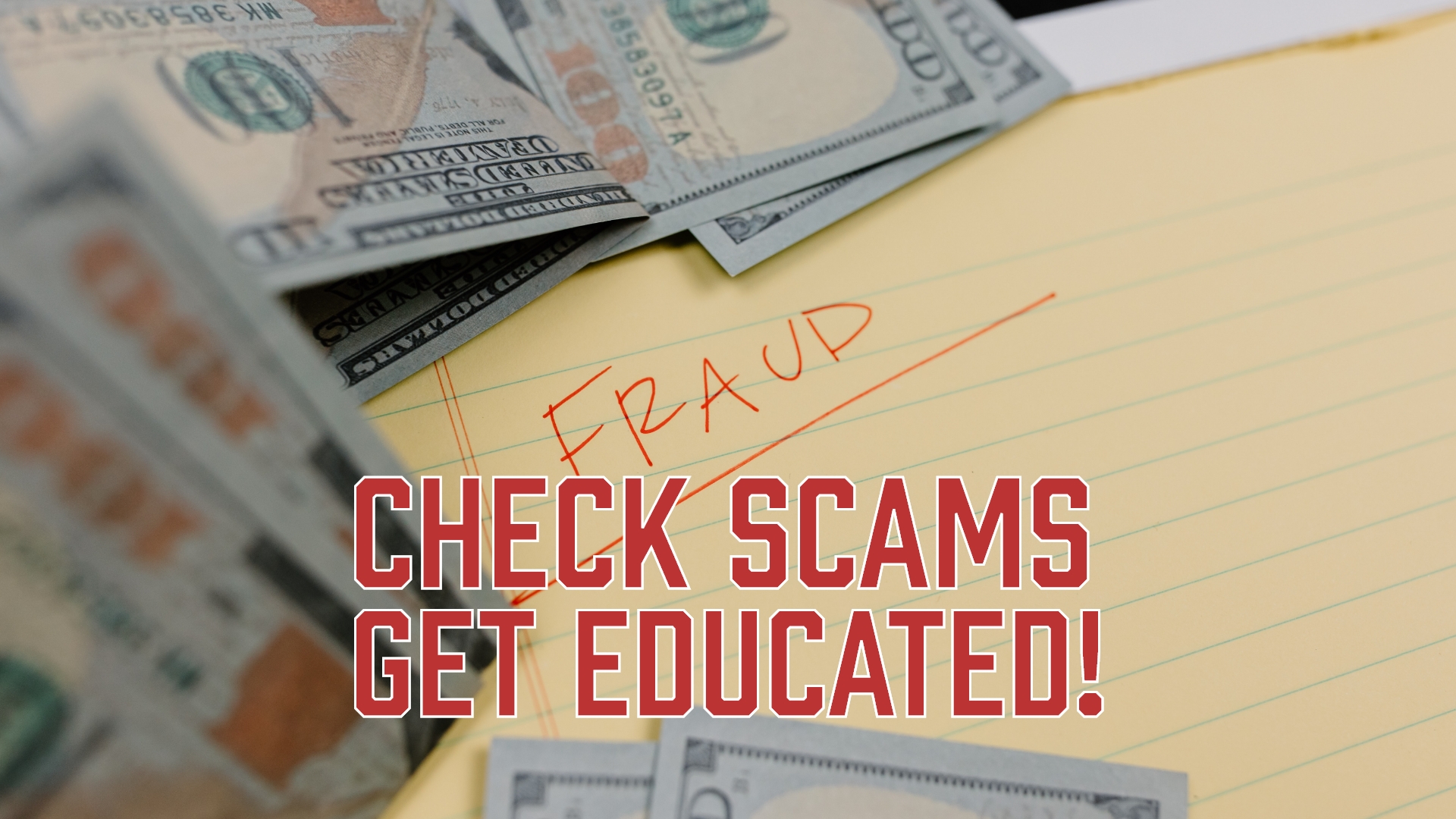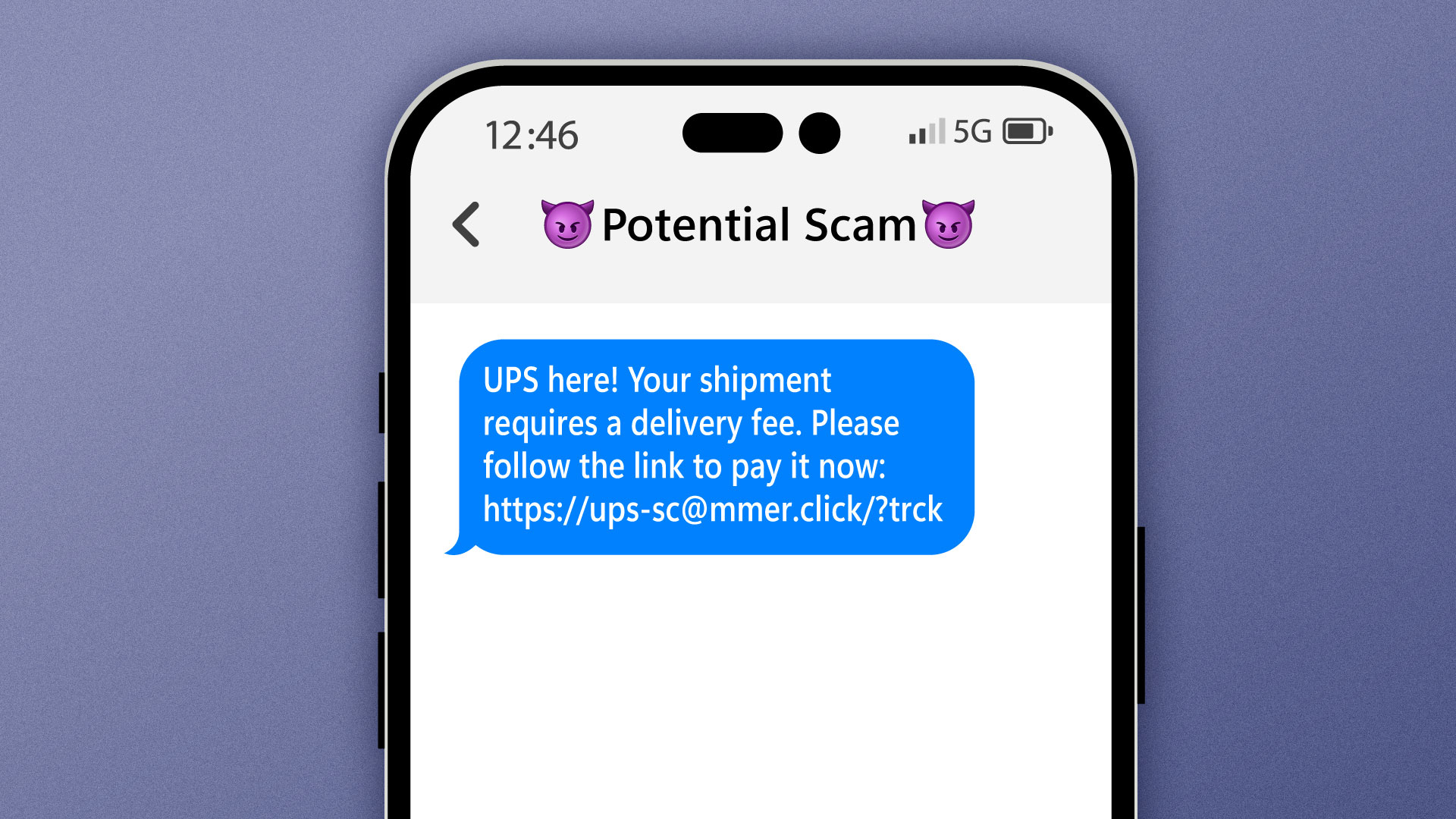
What is Check Fraud?
Check fraud refers to using paper or digital checks to obtain money illegally. Every time you write a check to someone, you’re handing them the information they need to commit check fraud with you as the victim.
What are different examples of check fraud?
- Forgery: signing a check without authorization or endorsing a check not payable to the endorser.
- Theft: stealing checks to use for fraudulent purposes.
- Paper hanging: writing checks on closed accounts or ordering and, then, writing checks on closed accounts.
- Check kiting: intentionally gaining access to funds deposited in one account before the bank collects them from another.
- Washing: using chemicals to remove information from a check.
- Counterfeiting: illegally printing checks using information from the victim’s account.
How can I prevent check fraud?
Order your checks from a reputable source. This will ensure it has watermarks that are hard to duplicate and will include reactive paper and ink that will alert the financial institution if the check has been tampered with.
- Protect your checks: because checks are relatively easy to reproduce, strive to protect your account number, routing number, and any other information a thief would need to print a fake check.
- Monitor your bank account: regularly reconcile your bank statements to look for fraudulent transactions. Set up text alerts for checks drawn on your account over a certain dollar amount.
- Watch for “check washing”: fraudsters use chemicals and solvents to erase or alter check information. Write your check using “fraud prevention pens,” which contain ink that is more difficult to change.
- Vet anyone who enters your home: if you allow a housekeeper, contractor, or other service persons inside your home, run them through a background check to determine how trustworthy they may be. And keep important documents, including checks and bank statements, locked up.
- No checks in cars: never leave your checkbook out in public, and especially not stored in a car. It’s just too easy for fraud artists to break into the vehicle and steal your checks.
- Avoid mailing checks at a mailbox: thieves can steal checks from a mailbox. Always mail checks at the post office, if possible, or try to mail shortly before postal pickup.
- No Social Security number: never write your Social Security number on a check. It’s just too easy for check fraud artists to steal the check, get your Social Security number, and then commit identity theft.
What is Charter Oak doing to prevent check fraud?
- Fraud detection and monitoring systems, which help to detect suspicious activity on member accounts, such as unusual check activity or large transactions.
- Check hold policies that allow for a check to clear, after a determined period of time, and to detect any fraudulent activity.
- Use image-based check clearing to capture an electronic image of a check, which can then be used to verify the authenticity of the check and detect any alterations or counterfeiting.
- Policies and procedures are in place to verify the identity of check depositors, such as requiring a government-issued ID or using biometric authentication methods on mobile devices.
- Transactions are reviewed and monitored daily to detect any suspicious activity and take appropriate action.
- Employees are trained to recognize the signs of check fraud, how to prevent it and to act if they suspect fraud.


